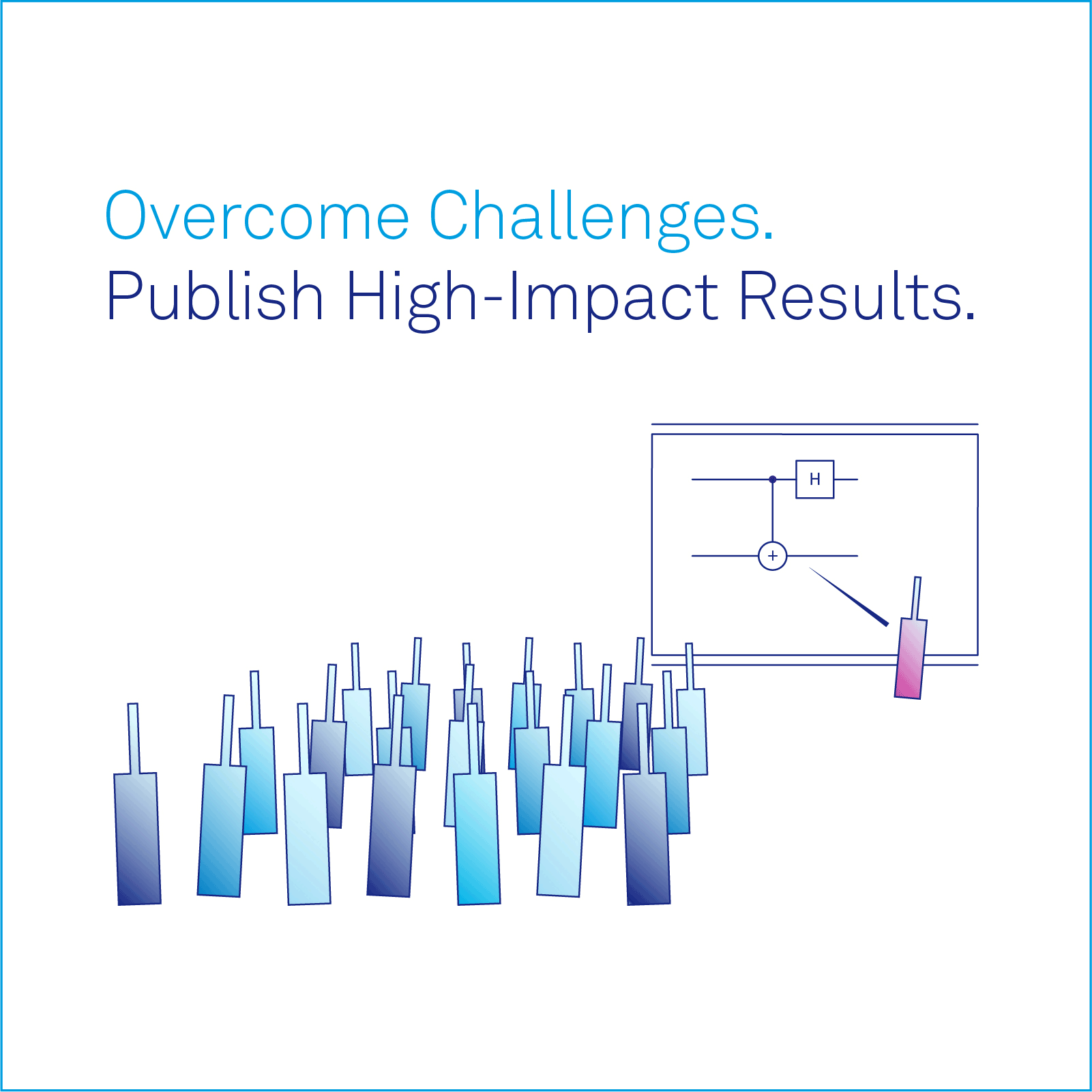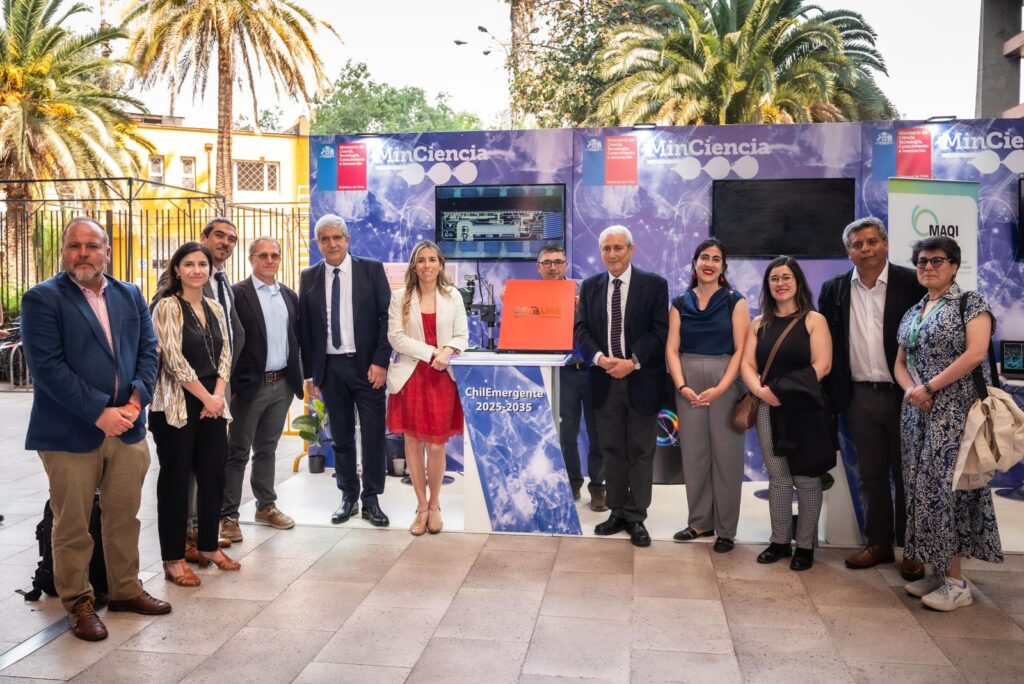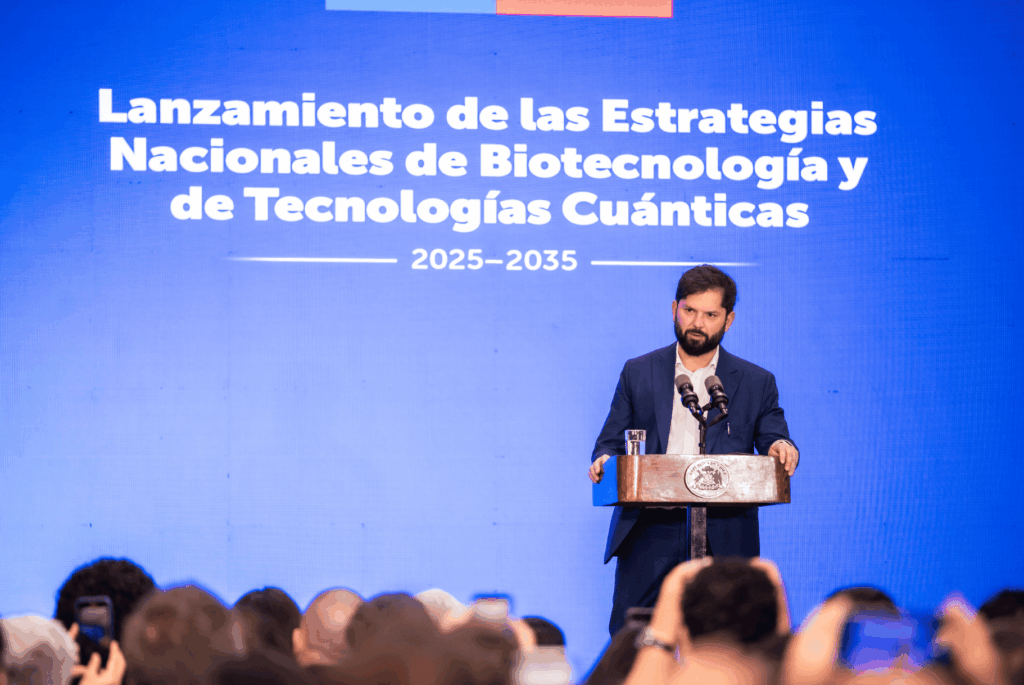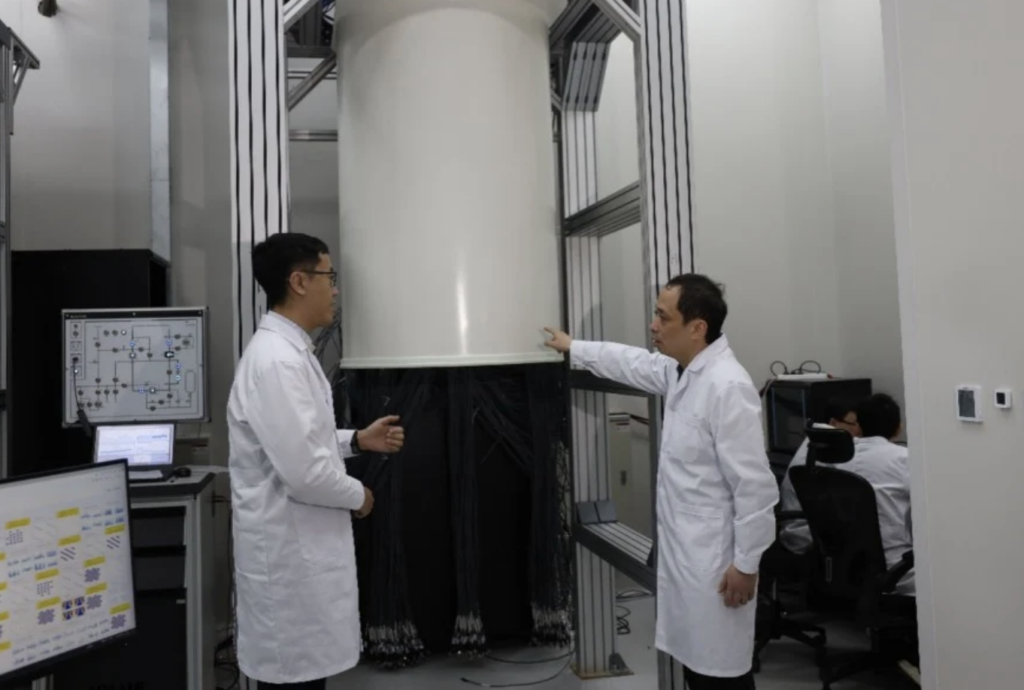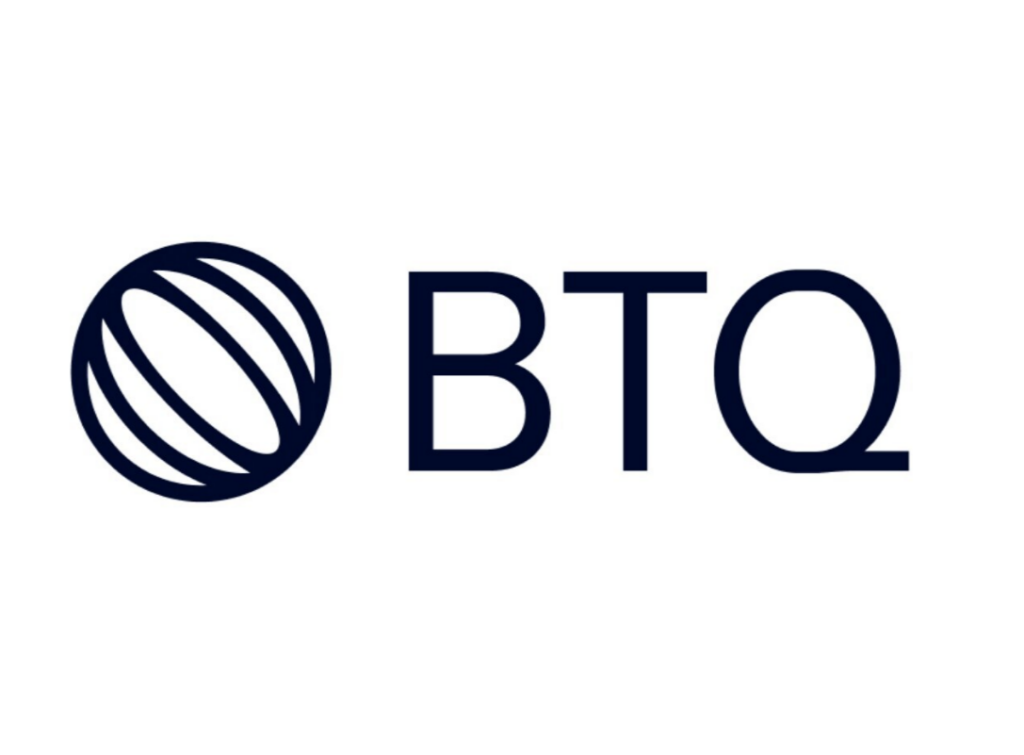Insider Brief
- BTQ Technologies has launched the first publicly accessible Quantum Proof-of-Work Simulator, showcasing a quantum-native mining algorithm that is verifiable on classical hardware and designed to secure digital assets against future quantum threats.
- The simulator replaces traditional hashing with boson sampling, enabling energy-efficient mining that remains resilient to quantum attacks and adaptable to different security-performance needs.
- QPoW has been adopted as the first consensus item by the QuINSA standards group and aligns with global regulatory moves toward post-quantum cryptography, including mandates from the EU, NIST, and central banks.
BTQ Technologies Corp. (the “Company”) (CBOE CA: BTQ) (FSE: NG3) (OTCQX: BTQQF), a global quantum technology company focused on securing mission-critical networks, today unveiled its Quantum Proof-of-Work Simulator, the first publicly accessible platform that showcases a fully quantum-native mining algorithm that remains verifiable on classical hardware. The release marks a milestone in securing digital assets, offering a quantum analogue to Bitcoin’s SHA-256 proof-of-work and creating a path to future-proof digital assets against emerging quantum threats.
This achievement follows the QuINSA standards organization adopting QPoW as the first consensus work-item in its baseline specification and appointing BTQ to chair of the alliance’s quantum communications working group, positioning QPoW as a leading contender for the forthcoming ISO-style standards for quantum-secure blockchain technologies.
“Quantum Proof-of-Work shows that quantum hardware can secure, not threaten, the next generation of digital money,” said Olivier Roussy Newton, CEO of BTQ Technologies. “Our simulator offers researchers, developers, and miners a first-hand look at how quantum machines can reinforce consensus while preserving compatibility with today’s classical infrastructure.”

“This advancement further solidifies our continued commitment to delivering a demonstrable, practical quantum advantage to the market,” added Roussy Newton. “For the first time, the digital-asset ecosystem can interact with a quantum-secure, energy-efficient consensus mechanism—one that aligns with global regulatory momentum and keeps critical infrastructure resilient in the quantum era.”
Key Highlights
- Live, real-time mining cycles demonstrate measurable quantum advantage using coarse-grained boson sampling.
- Adjustable parameters—photon count, optical modes, measurement bins—let users explore security-performance trade-offs.
- Interactive analytics compare miner outputs, visualize network statistics, and validate submissions through total-variation-distance (TVD) and peak-bin-percentage (PBP) checks.
- Energy-efficient design decouples difficulty from power consumption, relying on photonic hardware quality rather than brute-force hashing.
- Post-quantum resilience eliminates vulnerabilities to Grover-style attacks by shifting the work function from hash inversion to provably hard quantum sampling.
Implications for Digital Assets
Current proof-of-work systems face two converging pressures; escalating energy demands from ASIC mining and looming quantum attacks capable of quadratic speed-ups. BTQ’s QPoW replaces the hash puzzle with a boson sampling task that runs on today’s small photonic quantum devices. Network operators can raise or lower the difficulty by changing the photon count and optical modes, which improves security against quantum adversaries without driving up power consumption. As the difficulty of the boson sampling problem increases, quantum devices will gain a larger advantage in creating valid samples, but since the task is quantum in nature, no single quantum device will have an outsized advantage in producing blocks over other quantum devices. QPoW therefore gives digital-asset networks a simple and practical way to stay efficient and secure in the quantum era.
Regulatory Urgency
Policy makers are moving in lock-step toward mandatory quantum resilience. The European Commission’s Coordinated Implementation Roadmap for the Transition to Post-Quantum Cryptography, issued on 23 June 2025, directs all EU Member States to begin PQC migration by 2026 and to secure critical infrastructure by 2030. In the United States, NIST’s March 2025 selection of the HQC algorithm as a fifth post-quantum standard signalled the transition from guidance to implementation. Together these milestones underscore the need for consensus layers, such as BTQ’s QPoW, whose security assumptions remain intact in a quantum era.
Central-Bank Perspective
The systemic importance of quantum-secure settlement was highlighted at the Bank for International Settlements’ Quantum-Readiness for Central Banks and Supervisors conference earlier this year, where 39 central banks agreed that next-generation ledgers must be robust against quantum attacks. QPoW’s classically verifiable yet quantum-native design aligns with the BIS mandate and offers a practical path for wholesale CBDC pilots and other high-value payment rails to achieve quantum-readiness without replacing existing node infrastructure.
Ecosystem Momentum
QPoW is part of BTQ’s wider execution roadmap. Last month, BTQ unveiled the Quantum Stablecoin Settlement Network (QSSN) to extend quantum security to tokenised dollars and entered a strategic partnership with QPerfect to validate QPoW on neutral-atom quantum processors. These milestones advance BTQ’s core mission of bringing practical quantum advantage to market through a full-stack platform. These initiatives position the company to accelerate the commercial adoption of quantum-secure finance and other quantum-grade quantum solutions. The QPoW simulator is live today at https://www.qpow.dev/





